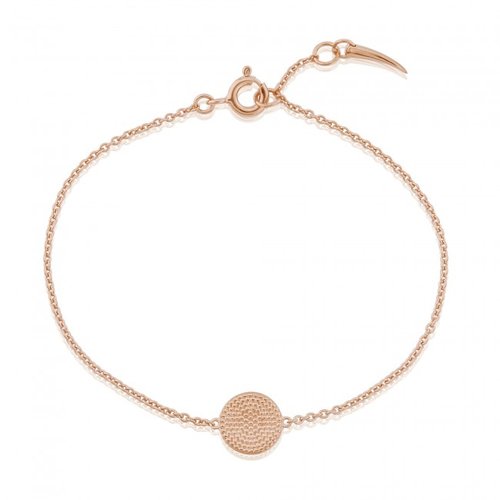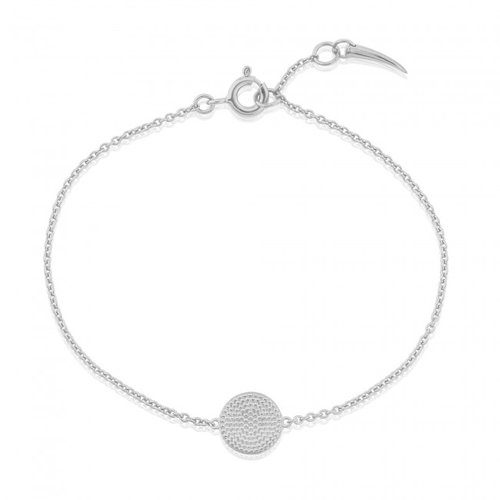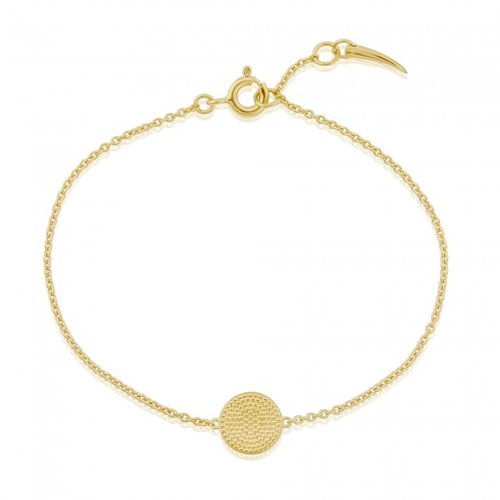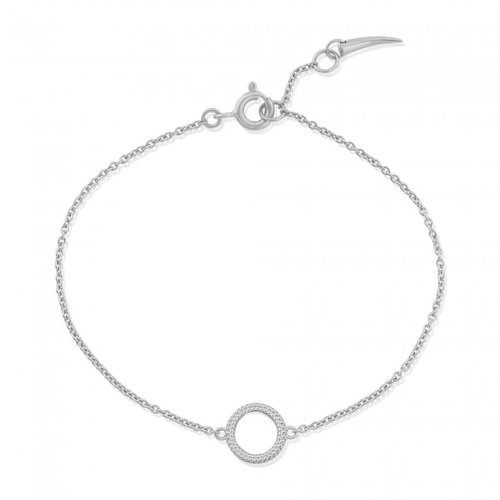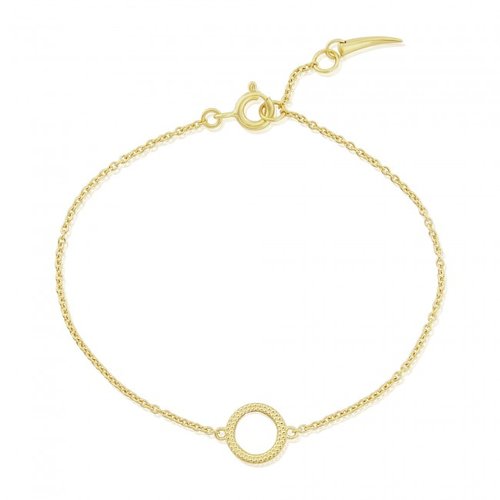Last week, on World Elephant Day, Auree Jewellery and I celebrated reaching quite an exciting and wonderfully unexpected milestone...
Influenced by my Kenyan roots, the seven Masai bead inspired Tembo Charity Bracelets from my collaboration with Auree Jewellery have collectively raised £30,000 (!!!) which has been donated to For Rangers, with a giant bow on it.
I’m so proud that 100% of the profits from our collection went towards supporting the brave heroes across Africa risking their lives every day to protect our endangered wildlife, and so grateful to have this platform (my own ‘digital soapbox!’) to share the causes I feel so passionately about.
Thank you to everyone who bought one (or two, or three...) of the Satao, Pembe or Shina bracelets… You will have directly contributed towards the fight against elephant poaching, and the extinction of this iconic, important animal.
Buy To Give: Head to Auree Jewellery to secure one of the last few bracelets...
#TLCxAuree
Photography: Frances Davison
Hair: Taylor Taylor London
Nails: Secret Spa


